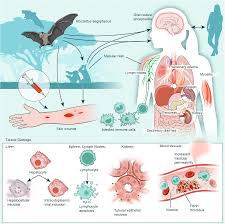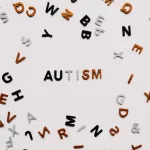Researchers from Tokyo Metropolitan University have unveiled groundbreaking findings that suggest visual aids generating the illusion of movement can significantly enhance motor performance and early-stage motor learning. The study, published in Scientific Reports, sheds light on potential new treatment avenues for individuals, especially hemiplegic stroke patients.
The study focused on Visual-Motor Illusion (VMI), a phenomenon where individuals perceive their bodies in motion despite physical stillness, compared to traditional action observation (AO) techniques. Assistant Professor Katsuya Sakai led the team in investigating the distinct impact of VMI on motor learning.
Their research demonstrated that VMI led to greater improvements in motor performance and learning compared to AO. Volunteers exposed to VMI exhibited immediate and sustained enhancements, both shortly after the visual stimuli and even an hour later.
Employing functional near-infrared spectroscopy, a non-invasive brain activity tracking method, the team observed notable differences in brain regions associated with learning new movements between the VMI and AO groups. These changes in brain activity aligned with the enhanced performance noted in the tasks performed by participants.
The researchers highlighted persistent alterations in brain connectivity related to motor execution in individuals exposed to VMI, suggesting sustained effects even after the visual stimulus had ceased. These findings build upon prior research, underscoring how VMI enhances connectivity within the brain’s motor execution centers, offering promising insights into aiding motor skill acquisition and rehabilitation.
The implications of this study extend beyond mere observation, paving the way for innovative therapeutic approaches that leverage visual illusions to boost motor learning and potentially aid stroke rehabilitation.











